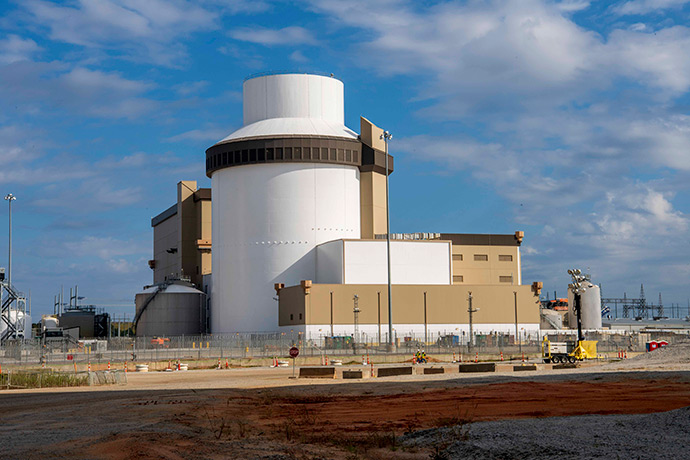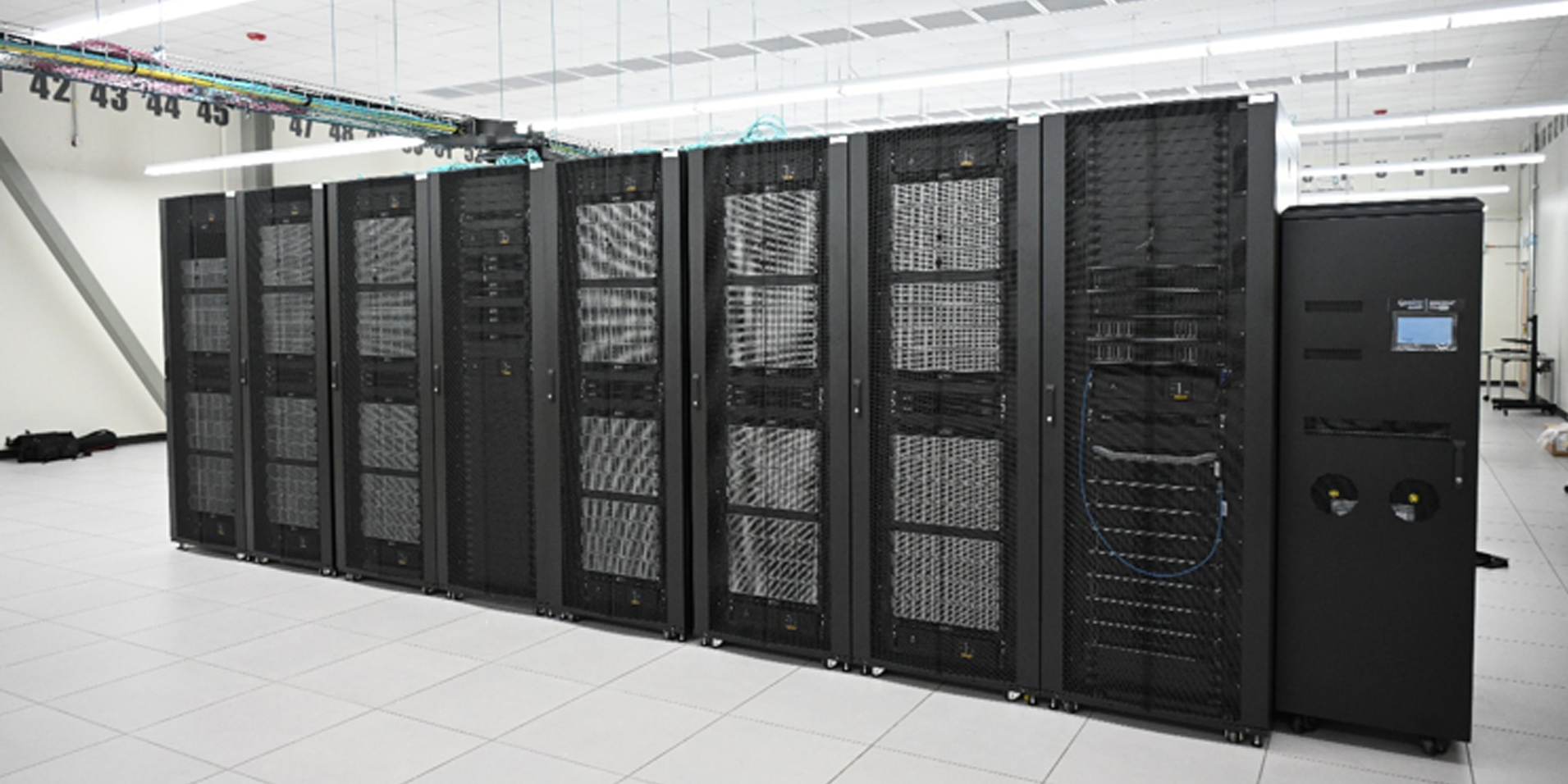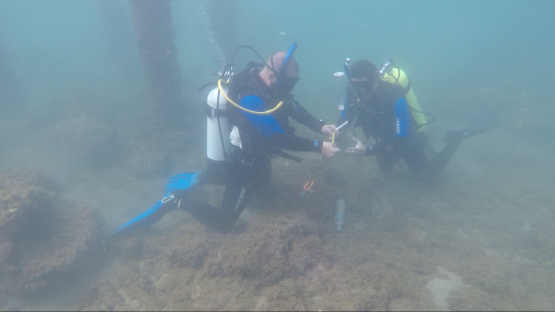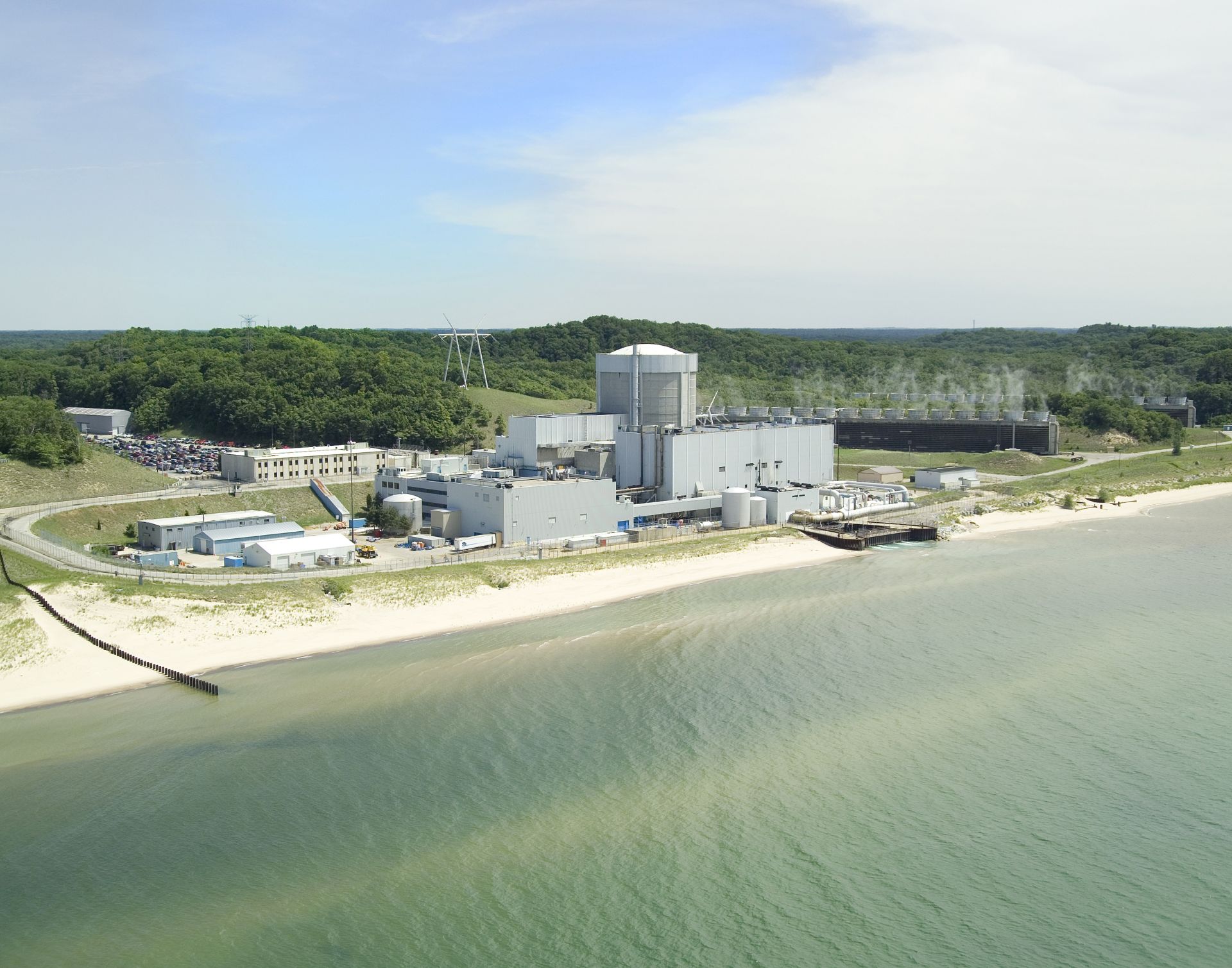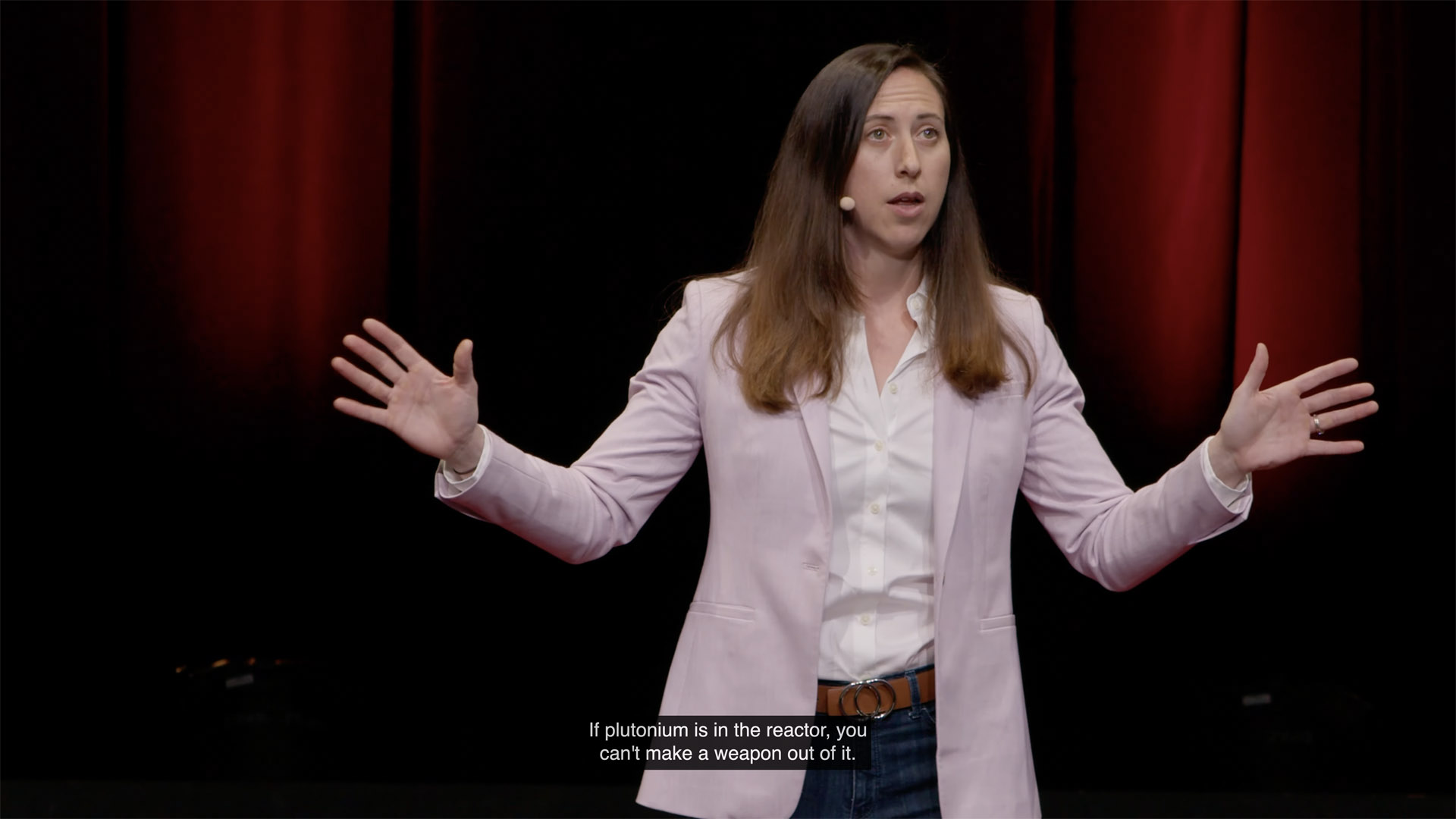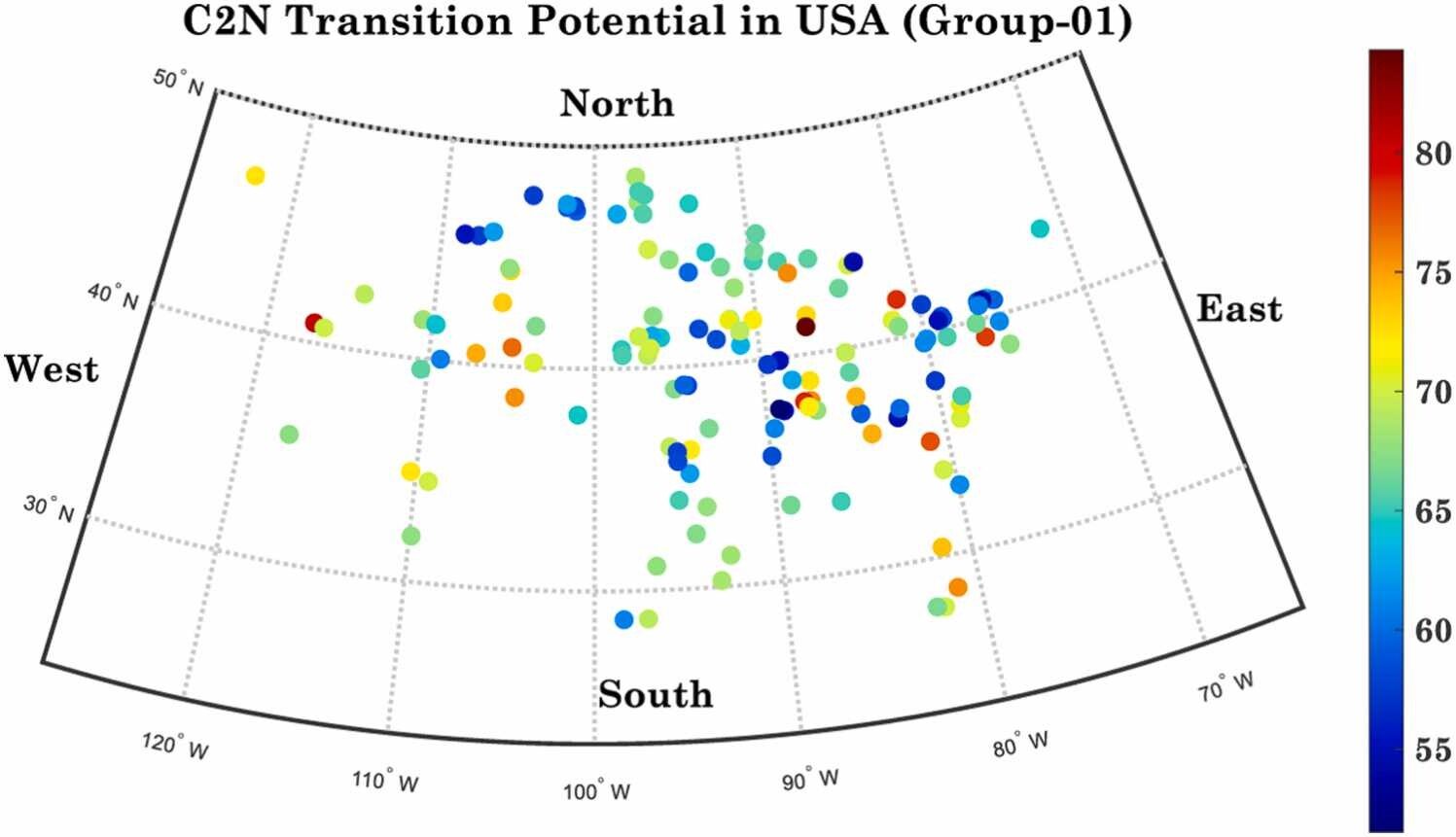July 19, 2024, 3:06PMNuclear NewsBenny Evangelista and Charlie Osolin Concept art showing an IFE power plant of the future. (Image: Eric Smith/LLNL)
It was a laser shot for the ages. By achieving fusion ignition on December 5, 2022, Lawrence Livermore National Laboratory proved that recreating the “fire” that fuels the sun and the stars inside a laboratory on Earth was indeed scientifically possible.
Rafael Mariano Grossi, director general of the International Atomic Energy Agency. (Photo: IAEA)
The peaceful uses of nuclear science and technology today hold more promise to heal the world since Austrian Swedish physicist Lise Meitner and her colleagues discovered nuclear fission in 1938, said Rafael Mariano Grossi, director general of the International Atomic Energy Agency, in a new essay titled “Nuclear Must Be Part of The Solution” published by the magazine Foreign Affairs.
Prime Minister Petr Fiala (center right), ČEZ chief executive officer Daniel Beneš (left), and ministers Zbyněk Stanjura (center left) and Jozef Síkela at a press conference on July 17. (Photo: Czech Republic)
Korea Hydro & Nuclear Power is now in discussions with the Czech Republic for construction of two nuclear units at the Dukovany site and possible new energy sources at Temelín, the country’s other nuclear power facility.
An image of TRISO fuel particles. (Image: BWXT)
BWX Technologies Inc. announced today that its Advanced Technologies subsidiary has signed a cooperation agreement with the state of Wyoming to evaluate locations and requirements for siting a potential new TRISO nuclear fuel fabrication facility in the state.
IAEA director general Rafael Mariano Grossi delivers his opening address at the International Conference on Nuclear Knowledge Management and Human Resources Development. (Photo: Dean Calma/IAEA)
Industry leaders from around the globe met this month to discuss the talent development that will be necessary for the long-term success of the nuclear industry.
The International Conference on Nuclear Knowledge Management and Human Resources Development, hosted by the International Atomic Energy Agency, was held in Vienna earlier this month. Discussed there was the agency’s forecast for nuclear capacity to more than double—or hopefully triple—by 2050 and the requirement of more than four million professionals to support the industry.
The North Anna nuclear power plant. (Photo: Dominion)
Dominion Energy Virginia has issued a request for proposals from leading nuclear companies to study the feasibility of putting a small modular reactor at its North Anna nuclear power plant.
While the utility says it is not a commitment to build an SMR at the site, the RFP is “an important first step in evaluating the technology and the North Anna site to support Dominion Energy customers’ future energy needs consistent with the company’s most recent Integrated Resource Plan.”
Engineers in Argonne’s Chemical and Fuel Cycle Technologies Division. (Photo: Argonne National Laboratory)
Oklo Inc. announced that it has completed the first end-to-end demonstration of its advanced fuel recycling process as part of an ongoing $5 million project in collaboration with Argonne and Idaho National Laboratories. Oklo’s goal: scaling up its fuel recycling capabilities to deploy a commercial-scale recycling facility that would increase advanced reactor fuel supplies and enhance fuel cost effectiveness for its planned sodium fast reactors.
July 17, 2024, 11:18AMUpdated July 17, 2024, 8:24PMNuclear News Unit 3 at the Vogtle nuclear power plant. (Photo: Georgia Power)
One of the new Vogtle units in Georgia was shut down unexpectedly on Monday last week for a valve issue that has since been investigated and repaired. According to multiple local news outlets, Georgia Power reported on July 17 that Unit 3 was back in service.
Southern Company spokesperson Jacob Hawkins confirmed that Vogtle-3 went off line at 9:25 p.m. local time on July 8 “due to lowering water levels in the steam generators caused by a valve issue on one of the three main feedwater pumps.”
INL’s new Bitterroot supercomputer installed in the Collaborative Computing Center. (Photo: INL)
A new supercomputer named Bitterroot started operating in June at Idaho National Laboratory’s Collaborative Computing Center (C3) and is speeding up nuclear energy research by improving access to modeling and simulation tools. Bitterroot arrived at INL in March, and the announced July 15 that the supercomputer was open to users on June 18 after installation and an extensive program of testing.
Researchers take samples of a microorganism that could produce toxins. (Photo: CEAC)
Oceans link all the continents of the world, and fish don’t respect boundary lines. So it’s fitting that a global organization—the International Atomic Energy Agency—is helping nations detect and monitor both plastic pollution and biotoxins in marine algae that can lead to outbreaks of contaminated seafood.
The Palisades nuclear power plant during days of operation. (Photo: Entergy Nuclear)
Dozens gathered last week at a public hearing hosted by the Nuclear Regulatory Commission to get feedback on the proposal to restart the Palisades nuclear power plant in Michigan.
The NRC is beginning its environmental review of plans to repower Palisades after it was shut down in May 2022 and was headed for permanent decommissioning. If the restart is successful, this would be the first return to service of a shuttered U.S. nuclear plant.
U.S. nuclear vs. renewable electricity generation. (Image: Ember)
The combined energy generation in the United States from solar and wind during the first half of the year was more than that of nuclear plants for the first time, according to data from energy think tank Ember.
Electricity generation from utility-scale solar and wind assets during the first half of 2024 was a record 401.4 terawatt-hours, compared with 390.5 TWh from nuclear reactors
Byron nuclear power plant. (Photo: Constellation)
While no development details have been released, Constellation is asking to rezone 658.8 acres of land it owns around the Byron nuclear plant in Illinois for possible long-term use.
Jenifer Shafer during her TEDx talk on nuclear energy. (Screen capture: YouTube)
Jenifer Shafer, the associate director for technology at the Advanced Research Projects Agency–Energy (ARPA-E), recently delivered a TEDx talk in which she explained the basic concepts of nuclear waste recycling, including related nonproliferation issues. As Shafer wrote in a post on LinkedIn, “In my talk, I explored the misconceptions surrounding nuclear waste and discuss[ed] the possible emerging opportunities regarding nuclear fuel recycling. It’s crucial that we understand the real potential of nuclear energy, and leveraging our ‘nuclear treasure,’ in shaping a sustainable future.”
The color-coded scatterplot shows the feasibility of coal-to-nuclear transitions at smaller coal plants (1,000 MWe or less) across the United States, plotted by latitude and longitude. Red and warm colors represent the high feasibility. (Image: Muhammad Rafiul Abdussami, Fastest Path to Zero, University of Michigan)
Comprehensive analysis of 245 operational coal power plants in the United States by a team of researchers at the University of Michigan has scored each site’s advanced reactor hosting feasibility using a broad array of attributes, including socioeconomic factors, safety considerations, proximity to populations, existing nuclear facilities, and transportation networks. The results could help policymakers and utilities make decisions about deploying nuclear reactors at sites with existing transmission lines and a ready workforce.
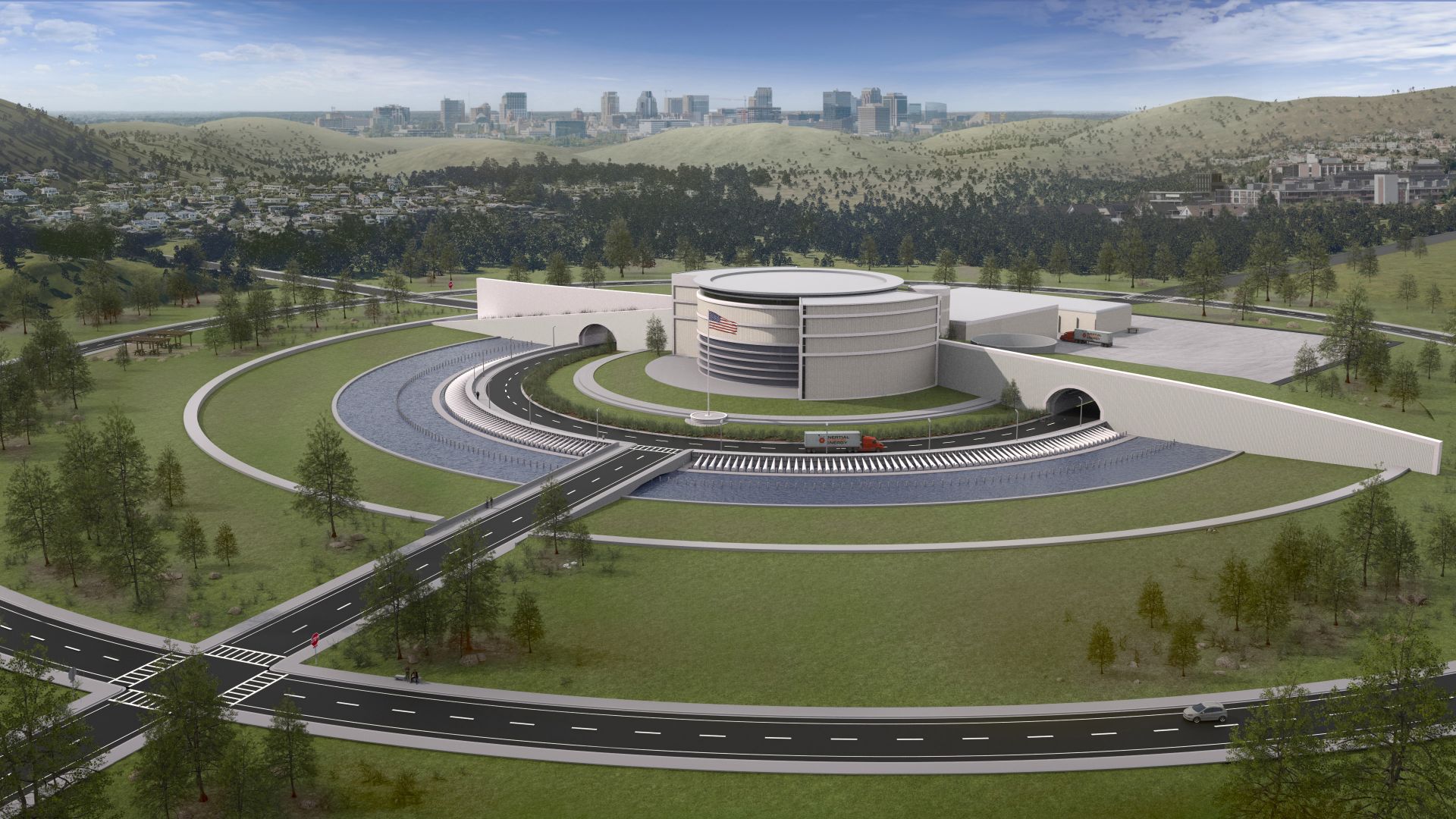


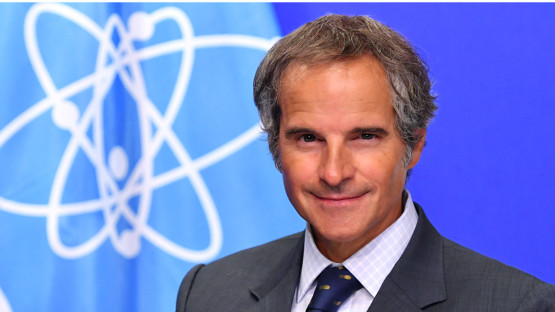

 Following new federal funding and programs announced
Following new federal funding and programs announced 



